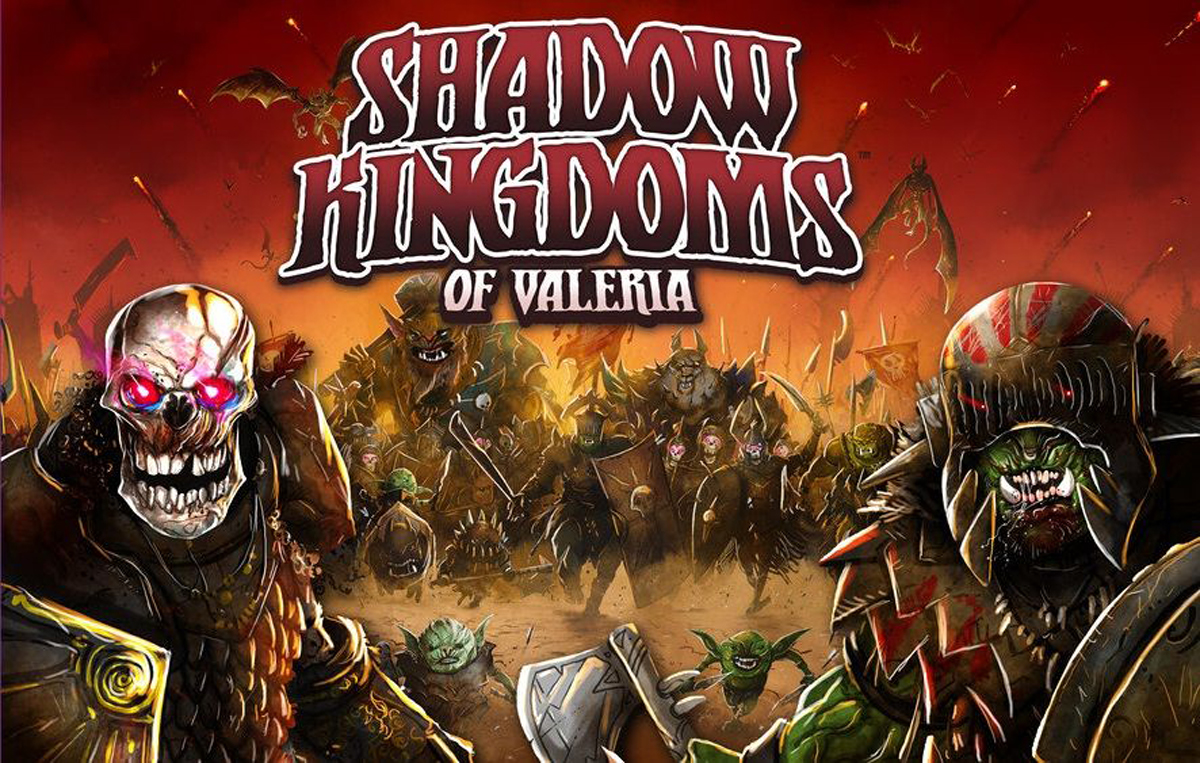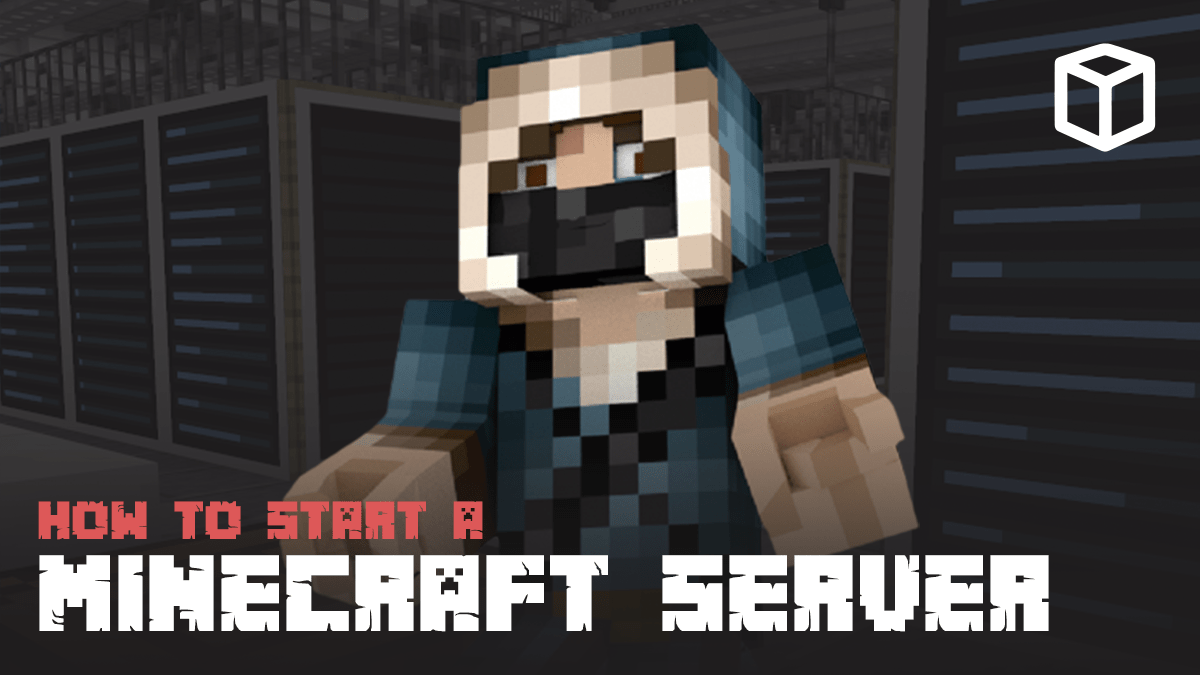Tired of all those “heroes” coming in from Valeria and taking over your lands to build their city? Recruit teams of orcs, skeletons, and other minions, and lead the Shadow Kingdoms of Valeria to victory!
What Is Shadow Kingdoms of Valeria?
Shadow Kingdoms of Valeria is a strategy game for 1 to 5 players, ages 14 and up, and takes about 30 to 75 minutes to play (depending on player count). It’s currently seeking funding on Kickstarter, with a pledge level of $55 for a copy of the game (or $15 for the complete Print and Play files).
The game was designed by Stan Kordonskiy and published by Daily Magic Games, with artwork by Mihajlo “The Mico” Dimitrievski. It is set in the same world as the other Valeria titles from Daily Magic Games, but is a stand-alone game with completely different gameplay.
New to Kickstarter? Check out our crowdfunding primer.
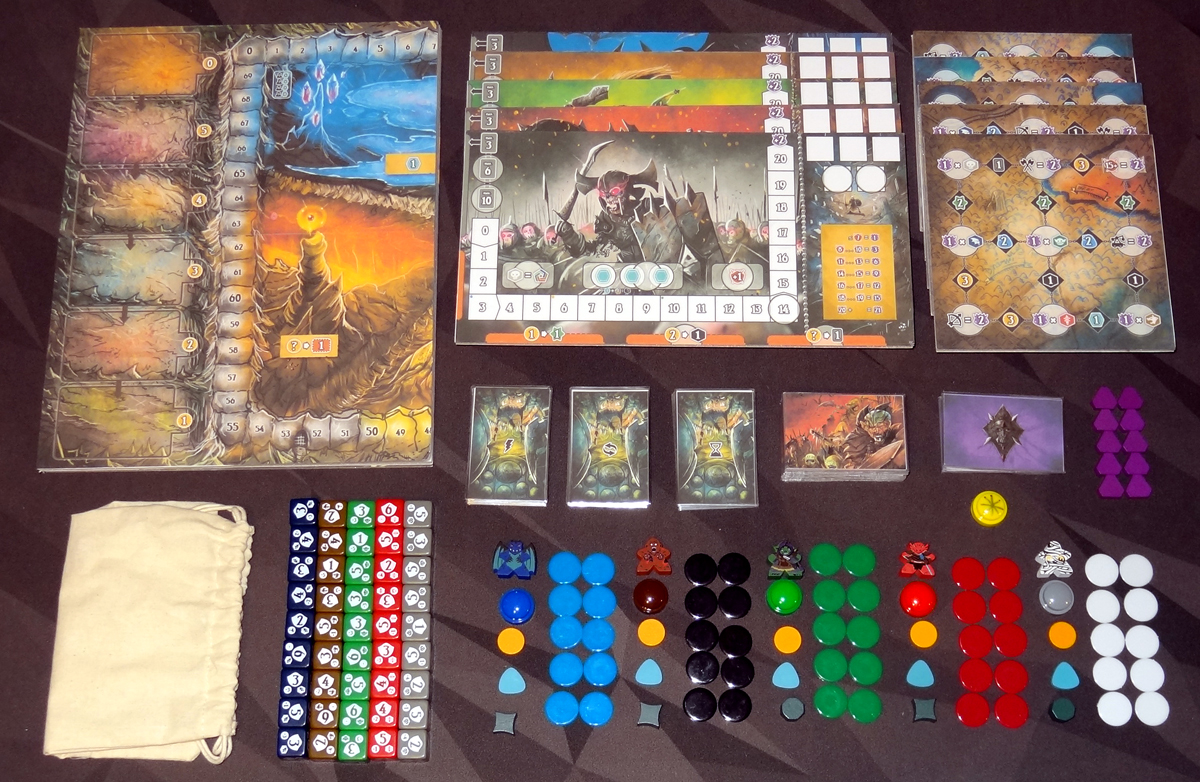
Shadow Kingdoms of Valeria Components
Note: My review is based on a prototype copy, so it is subject to change and may not reflect final component quality; for instance, the meeples and plastic player components used in the prototype were just stand-ins. Kickstarter backers will also get two expansion modules that won’t be included in the retail edition.
Here’s what comes in the game:
- Game Board
- 5 Campaign Map boards
- 48 Battle Plan cards
- 54 Champion cards
- 15 Award cards
- 10 Gems
- Starting Player token
- 45 Troop dice (9 each in 5 colors)
- Dice bag
- 5 Player sets, each containing:
- Player board
- 10 Conquest markers
- Warden token
- Score marker
- Gold Tracker token
- Magic Tracker token
- Influence Tracker token
Kickstarter backers will also get 2 expansion modules (not pictured above), which include:
- Shrine of the Titans tile
- 10 Troop dice (2 of each color)
- 10 Great Battle cards
- 20 Participation Markers (4 per faction)
- Victory Point tile

I hope you have a big table, because Shadow Kingdoms of Valeria needs it! The main game board is pretty wide (700mm), and each player will have a player board and a campaign board in front of them, along with a growing tableau of champion and battle plan cards, so a full 5-player game may be impossible to fit on a standard square card table. While some of that board space is there to help show off The Mico’s artwork, most of it is necessary for the gameplay and is packed with cards, dice, and tokens.

If you’re familiar with the previous Valeria titles, then you’ve seen The Mico’s artwork before. (He’s also illustrated Raiders of the North Sea and that entire line of games, among others.) His characters have exaggerated features and lots of sharp, pointy bits, which fits particularly well in a game that puts the spotlight on fantasy monsters. The main board, where the dice are placed, has five “shrine” areas that are fully illustrated. It’s a shame that most of the time these will be covered by dice and meeples, but it makes for a cool backdrop. The mountainous background behind the champion cards and battle plan cards make the board a little busy, and the coin icons indicating prices could stand to be a little bigger for visibility. Each player board features one of the factions (goblins, orcs, gargoyles, skeletons, and gnolls) and has a large portrait in the center.
One of the things Daily Magic Games has done with the Valeria series is to use common iconography even though the gameplay varies from game to game. That makes for a nice shorthand if you’ve already played some of their previous games: you recognize things like magic, victory points, and attack strength. Shadow Kingdoms uses a hexagonal shape for dice that is supposed to look like a cube (seen from an angle), but it’s squashed a little bit and didn’t immediately read as “die” to me; perhaps it was to distinguish it from the teal hexagon used for gems, but it always looked too wide and flat to me.

The game includes custom six-sided dice. They come in 5 colors, representing the five factions. Each face has a large number representing the strength (shown in a shield), and then two smaller icons: a round coin showing the “discount” value (which is always the difference between 6 and the strength), and a hexagonal die with the faction icon inside it. While it’s nice to have the double-encoding of the dice, particularly for color-blind players, the two icons at the bottom are very small, and hard to see from a distance. Mostly you can tell there’s a white hexagon, and you have to look closely to see the faction icon inside it. While it does save you a little bit of simple math to have the discount value printed on the die, that also seems like it’s not entirely necessary, and as a result I found that these dice were generally harder to read than simple pip dice. Since I ran some of my play sessions over video, I had to substitute in colored pip dice for my remote players, because they weren’t able to read the custom dice over video resolution. That may be less of an issue when you’re playing in person and you can just pick up a die and look at it close up, but I just wasn’t a huge fan of these particular dice.

The campaign map boards are made to look like stained, weathered maps, each with a grid of spaces with various icons in them. Each of the boards is double-sided, and although every board includes the same icons, they are arranged differently, so there are 10 unique arrangements. I like that the campaign map boards are separate from the player boards, so that even if you play as the same faction each time, your campaign board will change from game to game.
The cards used in Shadow Kingdoms are the half-sized cards. That means the illustrations and text on the battle plan cards in particular are pretty tiny, but because of the size of the game and how many cards will end up spread around the player areas, it’s probably a good thing that these weren’t full-sized cards.

The prototype used some stand-in pieces for the meeples and scoring markers, but the finished game will include custom meeples for each faction, and the scoring markers are also custom meeples that look like the faction icons. (I know, these are technically “warden tokens” but I’m calling them meeples.)
How to Play Shadow Kingdoms of Valeria
You can download a draft of the rulebook here. In addition, Daily Magic Games has a Tabletop Simulator module available to try, and will be running demos of the game during the campaign.
The Goal
The goal of the game is to score the most Victory Points (VP) by recruiting champions, completing battle plans, and filling out your campaign board.

Setup
Set up the main board: shuffle battle plan cards and place them on the top left space of the board, and then reveal 5 cards in the spaces below it. Place gems in the Gem Shrine (top left) according to the number of players. Shuffle each set of award cards and draw one of each type, placing them in the spaces at the top right. Shuffle each set of champion cards, placing the decks on the right side of the board and revealing 3 of each type in the spaces provided.
The dice bag will include a number of dice of each color based on the player count. Mix up the bag, and then draw and roll dice into each shrine area on the board. (The number of dice per shrine is also based on player count.)
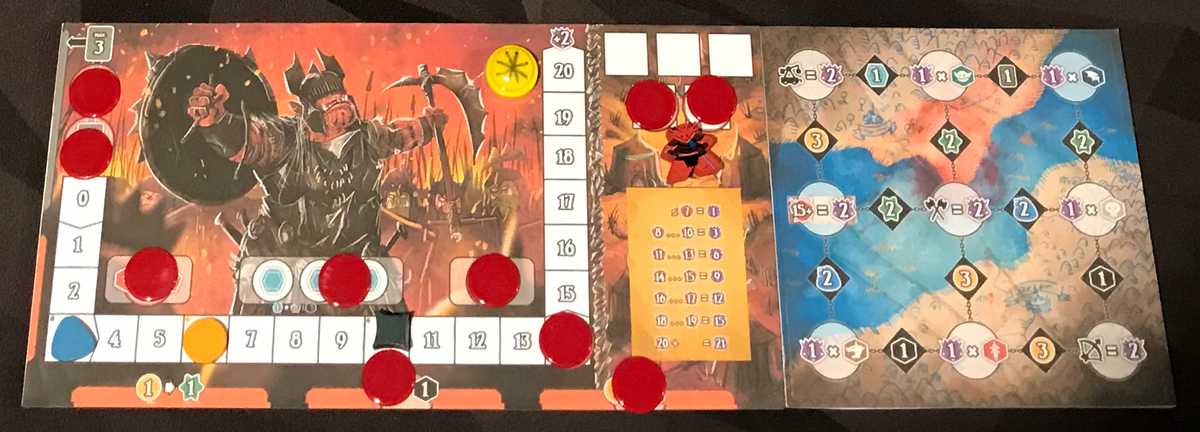
Each player takes a set of player components, plus a campaign board. Your warden is placed on the camp (the space on the right side of your player board between the dice spaces and the VP chart). Your conquest tokens are placed on the various circle spaces printed on the board, which cover up various abilities and effects. You start with 3 magic, 6 gold, and 10 influence. Choose a starting player and give them the starting player token. Players will also start with some extra gold based on turn order (later players get more gold).
Gameplay
On your turn, you must move your warden to a new location: either one of the five shrines or your own base camp (on your player board). You may only move to a shrine if there is at least one die available, and you may only move to your base camp if you’re completing a battle plan. (Note: if there are 4 or fewer dice on the board at the start of your turn, return all dice to the bag, and then re-draw and roll 4 dice per shrine before you take your turn; also, clear all the champions cards and refill the champions market.)
If you go to a shrine, take a die from that area and place it on your player board. If you don’t have room for a die, you must discard one to the bag (either the new die or an existing die). Each shrine also has an optional action associated with it:
Gem Shrine: Take a gem and place it on your player board, if there are gems available and you have room for it. Gems can be spent in two ways: they can make a die a wild color, or they can be used to flip a die to its opposite face, when completing a battle plan.

Magic Shrine: Gain 2 magic, or claim an award. Magic may be spent to increase or decrease a die (1 pip per magic). Also, any time you are claiming a card (battle plan or champion), you may spend magic to discard a card and refill the line (1 card per magic).
To claim an award, you must meet the requirements of one of the three award cards that you haven’t claimed already. Put a conquest token on the the next available slot and score points. (In a 4- or 5-player game, the lowest scoring slot may have any number of tokens.) Award cards may require you to complete certain types of battle plans, collect a number of a particular item, or fill in a pattern on your campaign map.
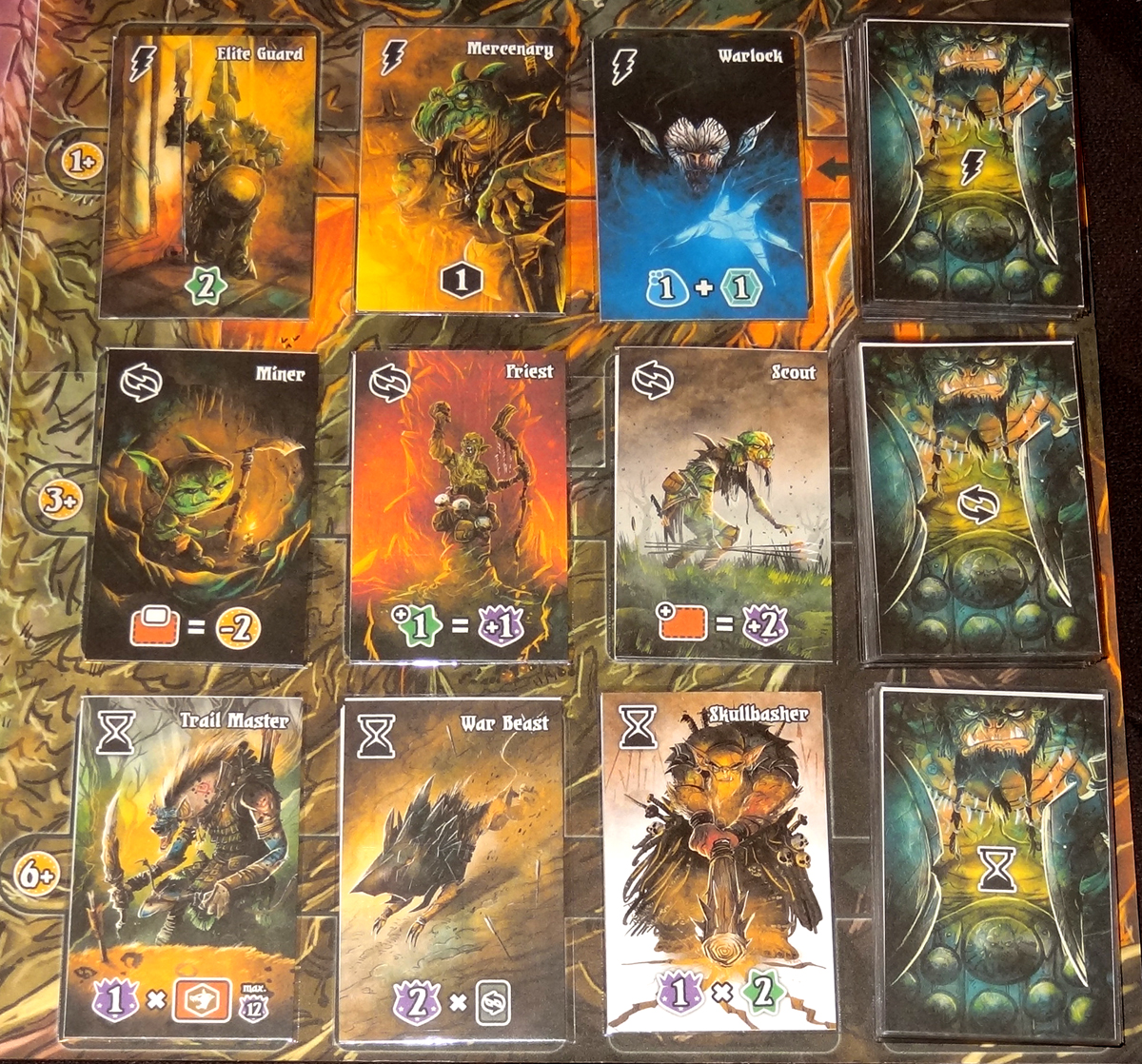
Champions Shrine: Recruit a champion by spending gold. You get a discount based on the die you took from this shrine. Champions cost 1 gold for instant effects, 3 gold for ongoing effects, and 6 gold for end-game effects, plus 1 gold per champion of that type you already have. There’s a limit to the number of champions you may have, at the top left of your player board. (Then refill the champions area.)
Gold Shrine: Gain gold equal to the discount value of the die you just took.
Tactics Shrine: You may pay gold to take a face-up battle plan and place it in an available reserve slot below your player board, with a discount based on the die you just took. If you reserve a plan, you may also spend gold to get the bonus shown above the award slot. (Then refill the battle plan line.)
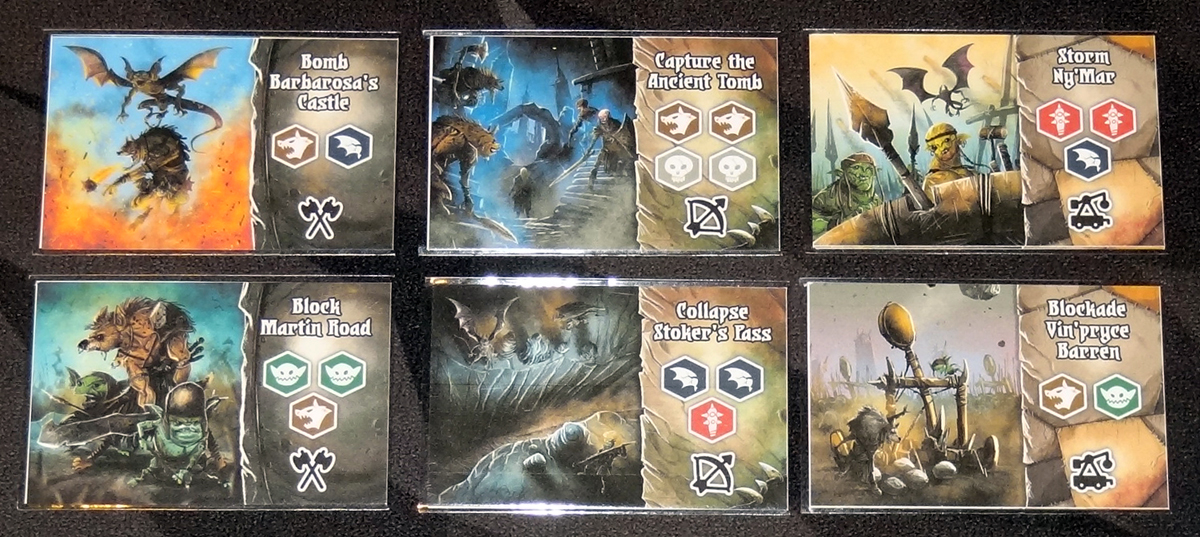
If you go to your camp, you must complete a battle plan, either one that you’ve reserved or one from the battle plan line (in which case you must pay the gold cost for it). You must have dice that match the faction types shown on the battle plan card. Your battle strength is the sum of the dice used for the battle plan plus any bonuses you have, but is limited by your current influence value. Based on the battle strength, you score points according to the chart shown on your board.
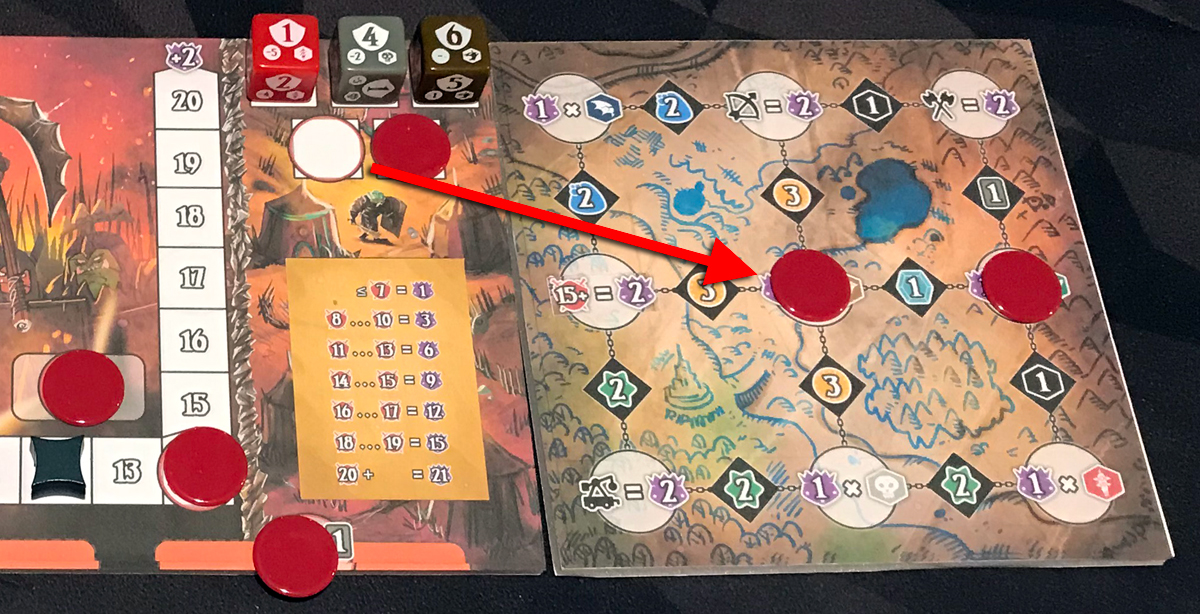
Then, you move one of your conquest tokens from your player board to an open circle on your campaign map. Each space awards bonus points for certain criteria (such as number of skeleton dice required, or the type of battle plan), based on the battle plan you just completed. Also, if you have now filled both spaces next to one of the chain bonuses on your campaign map (the black diamonds), then you gain that bonus immediately.
Dice used for a battle are discarded back to the bag, and completed battle plans are moved to the left of your player board.
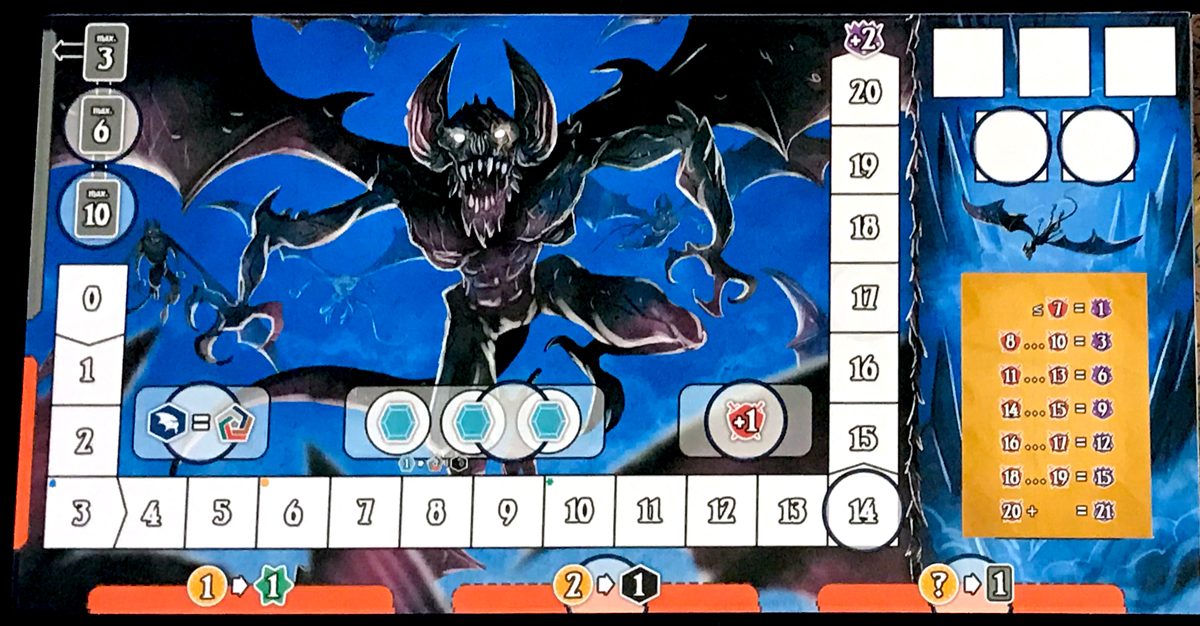
As you remove conquest tokens from your player board (either by completing battle plans or by earning awards), you will gain new abilities. At the top left, you increase the number of champions you can recruit. Across the center, you can make your color dice wild, gain storage space for 2 additional gems, and increase your battle strength by 1. On the resource track, you can increase your maximum resources from 13 to 20. At the top right, you can unlock space for two more dice. Finally, along the bottom, you can gain two more reserve slots for battle plans, which have different bonuses.
Game End
When a player has completed their seventh battle plan, finish that round so that all players have had the same number of turns total. Players score points for their end-game champions cards, plus 1 point per die left on their player boards. The highest score wins, with ties going to the player with the most influence.
Solo Mode
The solo mode uses an automated “adversary” that moves clockwise around the shrines but does not take usual actions. The adversary will score points if it enters the space with your warden, and will also claim a battle plan and score points each time it enters the tactics shrine. It also gains some points for award cards based on whether you’ve claimed them or not. At the end of the game, you compare your score to the adversary’s to see if you won.

Why You Should Play Shadow Kingdoms of Valeria
I enjoy the way that the Valeria universe is expanding, both in the story and in different styles of gameplay. What struck me about Shadow Kingdoms of Valeria is that the theme takes the usual storyline of Valeria and flips it on its head. The “monsters” that you hunt in the other games are the protagonists now, and the city-building successes celebrated before are now viewed as acts of aggression. The theme is anti-colonialism, with the indigenous factions rising up against the humans, dwarves, and elves usually seen as the heroes. Of course, much has been written about how certain races (like orcs) have been used as stand-ins for non-white people in the fantasy world, and I’m not really sure how to factor that into this particular game: on the one hand, it’s cool to have a game about rising up against colonizers, but does the fact that they’re “monsters” reinforce a harmful stereotype?
Of the various games in the Valeria world, Shadow Kingdoms is one of the heavier ones (though I haven’t played Margraves of Valeria for comparison), though the gameplay itself isn’t too difficult to learn. It’s simply looking at all the little pieces and short actions you’ll be taking, and figuring out how to piece those together into short-term and long-term strategies. I’ve really enjoyed the feel of the game, trying to plan out steps in advance (and figuring out what to do when another player screws it all up by taking the last green die from the champions shrine!).
One part of Shadow Kingdoms of Valeria reminds me a little of completing quests in Lords of Waterdeep, in that you’re trying to collect the right number of troops (dice, in this case) to meet the requirements on a particular card, and to do so you’ll have to travel to various places. Depending on your particular situation, some quests will be more valuable than others, but you’ll also have to work around your opponents.
The rest of Shadow Kingdoms, however, has a lot of other things going on. Unlike typical worker placement games, you can go to any location regardless of how many people are there already. The only rule is that you must move each turn (kind of like Scythe), and that you can’t go to a shrine unless there are dice available there. So you can’t block somebody from taking an action simply by being there, but you can shut down a shrine (at least temporarily) if you take the last die there.
The combination of taking a die and taking an action means that you often have to make compromises. There might be a die that you really want for a battle plan, but it’s not in the shrine you really want to visit next. Generally, higher dice are better because you score more for battle plans if you have a higher total strength. However, gems let you flip a die over, which means lower numbers could be useful. Also, lower dice have a better discount, so if you’re visiting the champions shrine, the gold shrine, or the tactics shrine, taking a lower die can be a good economic decision. And, of course, don’t forget the value of hate-drafting! Sometimes it’s worth taking a die that’s not your ideal choice (or not in your desired location) simply to prevent another player from getting it.
I especially like the puzzle of the campaign maps, and for me that tends to drive a bit of my tactics in the game. I want to fill out the pattern to match the award card, and I also want to consider which chain bonuses I’ll earn. Based on those, I can look at the spaces and see what the requirements are, and seek out battle plans that match those—and that affects which dice I’m looking for.
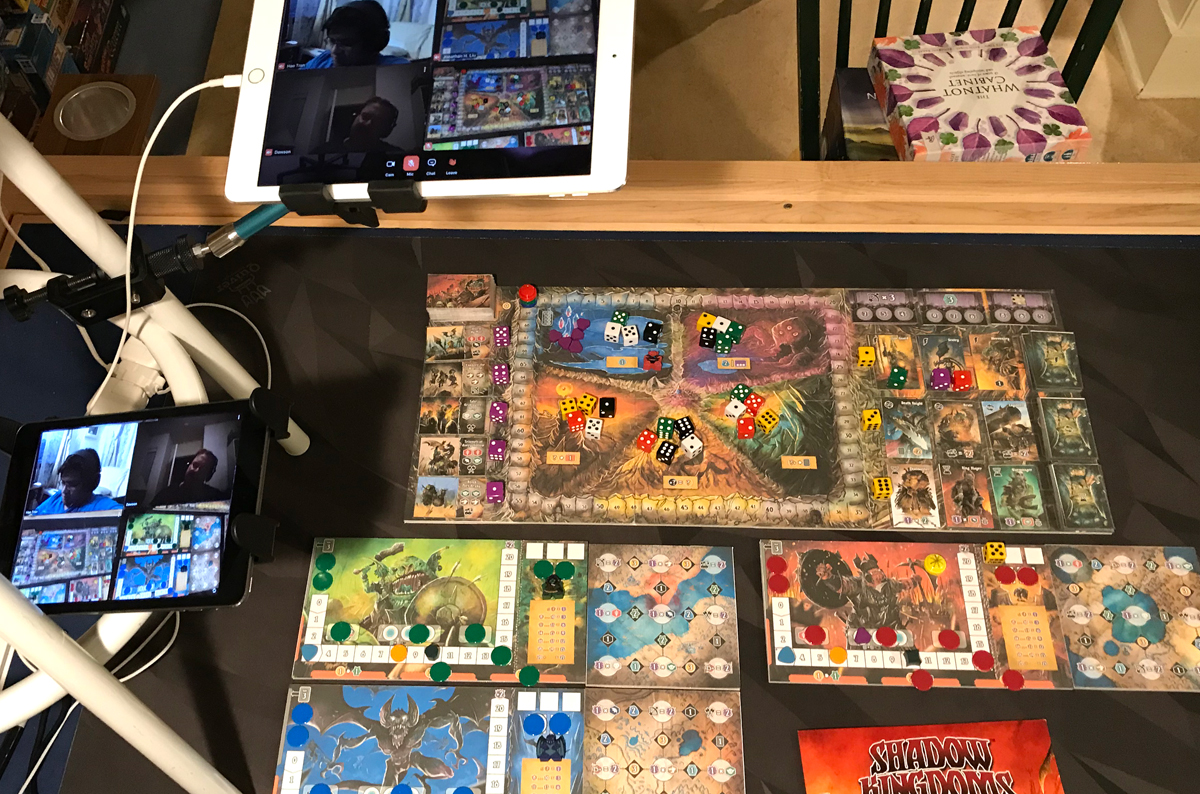
I also really liked the way that the player board upgrades when you remove a conquest token. Each time you complete a battle plan, you get to think about what ability to unlock next. Do you open up more dice storage so you can go for the 4-dice battle plans because more dice means higher strength totals, which is worth more points? Or do you make your color dice wild, giving you more flexibility in which dice to take?
Turns are generally pretty quick, especially the gem shrine, magic shrine, and gold shrine. The champions shrine and battle tactics shrine can take a little longer if players haven’t thought about which card they want, or if they’re spending magic to cycle through the deck for something. Completing battle plans does take a bit longer, though, simply because there are several things to resolve and some decisions to make: which spot to unlock on your board, and where to place it on your campaign board.
Although the primary source of points is from battle plans, Shadow Kingdoms still allows for different approaches, and I’ve seen people stay competitive using different tactics. One example is hiring end-game champions, which score bonus points, and trying to max them all out—some of them can be worth as much as 12 points each. Another is to go for high-value dice, increasing your influence so that you can hit higher totals and score more points for each battle plan you complete. When you place conquest tokens on your campaign map, you can place them in the best spot to score bonus points, or to match the pattern award, or simply to go for the chain bonuses you want. Your chosen strategy will affect which upgrades you choose for your player board, and I like the way that I’ve seen players unlock things in different orders. Since each player’s board starts off essentially the same, you don’t have anything driving you in a particular direction—you’ll have to figure that out for yourself!
Shadow Kingdoms of Valeria adds some more depth to the growing world of Valeria. If you’re already a fan of the Valeria series and you prefer heavier games, you’ll probably enjoy it. (I’d consider it a medium-weight game, a little heavier than Card Kingdoms and Villages.) If you prefer the more casual games in the line, I’d suggest checking out a demo or trying it on Tabletop Simulator first to make sure it’s not too much. For those who haven’t played any of the Valeria titles at all, this may be a good opportunity to see why the games have so many fans!
For more information or to make a pledge, visit the Shadow Kingdoms of Valeria Kickstarter page!
Click here to see all our tabletop game reviews.
![]() To subscribe to GeekDad’s tabletop gaming coverage, please copy this link and add it to your RSS reader.
To subscribe to GeekDad’s tabletop gaming coverage, please copy this link and add it to your RSS reader.
Disclosure: GeekDad received a prototype of this game for review purposes.
